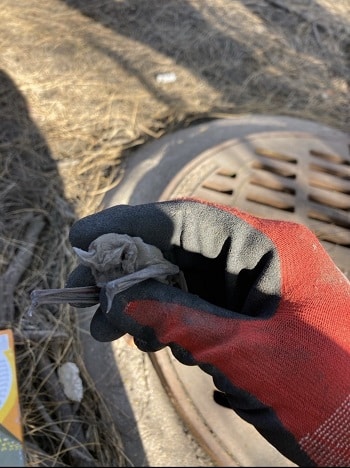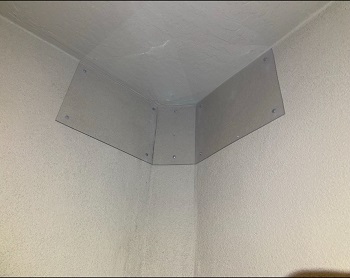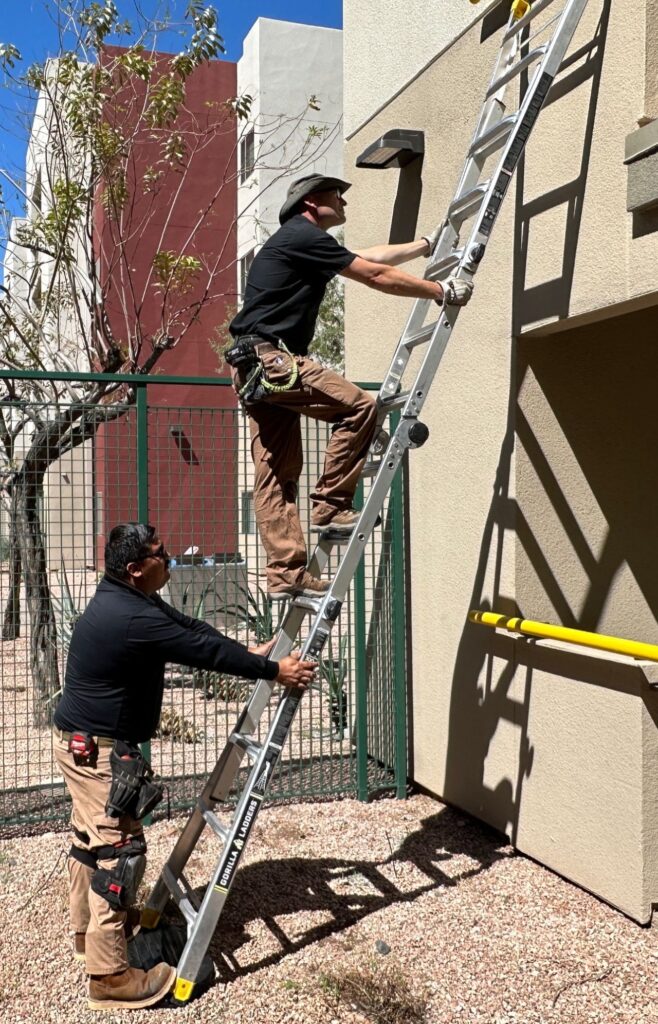Are bats in the attic? Have you seen bat guano? Do you hear scratching, chirping, or flapping above your ceiling?
Whether a maternity colony is roosting in your attic during the summer or bats have flown in to escape cold weather, Critter Control has been the trusted choice for professional bat removal near you for over 40 years.
Signs of Bat Infestation
- Guano. Otherwise known as bat droppings, guano will collect on your deck, windowsills, or attic floor.
- Bat noises: You’ll hear bats chirping and squeaking and scratching or rustling sounds at night or in the early morning
- Stains. Bat fur is greasy, and any small areas they’re using to enter your home will become stained, appearing black and shiny.
- Strange odors. Like many wildlife pests, bats stink, and the larger the infestation, the worse the smell. You’ll smell an ammonia-like odor from their urine.
How Do Bats Get In

Bats enter homes looking for safe places to roost. Bats will squeeze through tiny gaps to escape the cold weather during winter. During late spring, bats enter homes to roost in attics to give birth. The maternity roost will stay in the attic through August until the pups are big enough to fly on their own. In some cases, bats will return to maternity roosts year after year.
Why Are Bats in the Attic?
A combination of factors makes an attic attractive to bats looking for a roost in which to raise their young. When pregnant females like their roost sufficiently, they return year after year if left unchecked.
- Ease of Entry: Unlike nuisance animals such as squirrels or raccoons that can tear a hole in a roof, bats are attracted to existing small openings in vents and gaps in soffits, siding, or roof shingles.
- Proximity to Food: For pregnant females, being close to easy meals is key. If your property provides access to a body of water or has fruit trees, bats will congregate. Fields and ponds offer easy access to swarms of insects. Fruit and citrus farmers often attract bats.
- Darkness: A dark attic will allow bats to rest well during the daytime.
- Safety From Outside Elements: Pregnant females and — once they are born — their pups will require warmth and safety. A cozy, dry attic that has enough room for the whole maternity colony and provides safety from predators is preferred.
- Minimal Activity: Bats will not roost where there is frequent human activity.
Why Are Bats a Problem in Arizona?
Bat’s most active period in Phoenix is May to August. Bats are not dangerous to people, but when females roost in maternity colonies, they can cause the most problems. They can spread diseases and damage your property.
- Bat Guano: Bat guano (droppings) are fertile ground for fungal spores to grow that cause histoplasmosis, a respiratory disease.
- Bat Guano Accumulation: The accumulation of bat guano can degrade the attic insulation, weaken your house structure, and stain your walls and ceiling.
- Rabies: Bats are known carriers of rabies so do not handle them. If a bat is in your living space undetected, get a rabies test. Bat bites can be undetectable.
How We Get Rid of Bats



Inspection & Identification
We find the roosting spots, entry points, and signs of bat activity.
Bat Removal Near You
The only humane bat removal process involves a bat valve which allows bats to evict themselves harmlessly.
Bat Exclusion & Prevention
Once all the bats have removed themselves, we remove the bat valve and seal all entry points.
Damage Repair & Cleanup
We remove bat guano and replace contaminated insulation.
Get Rid of Bats with Critter Control


